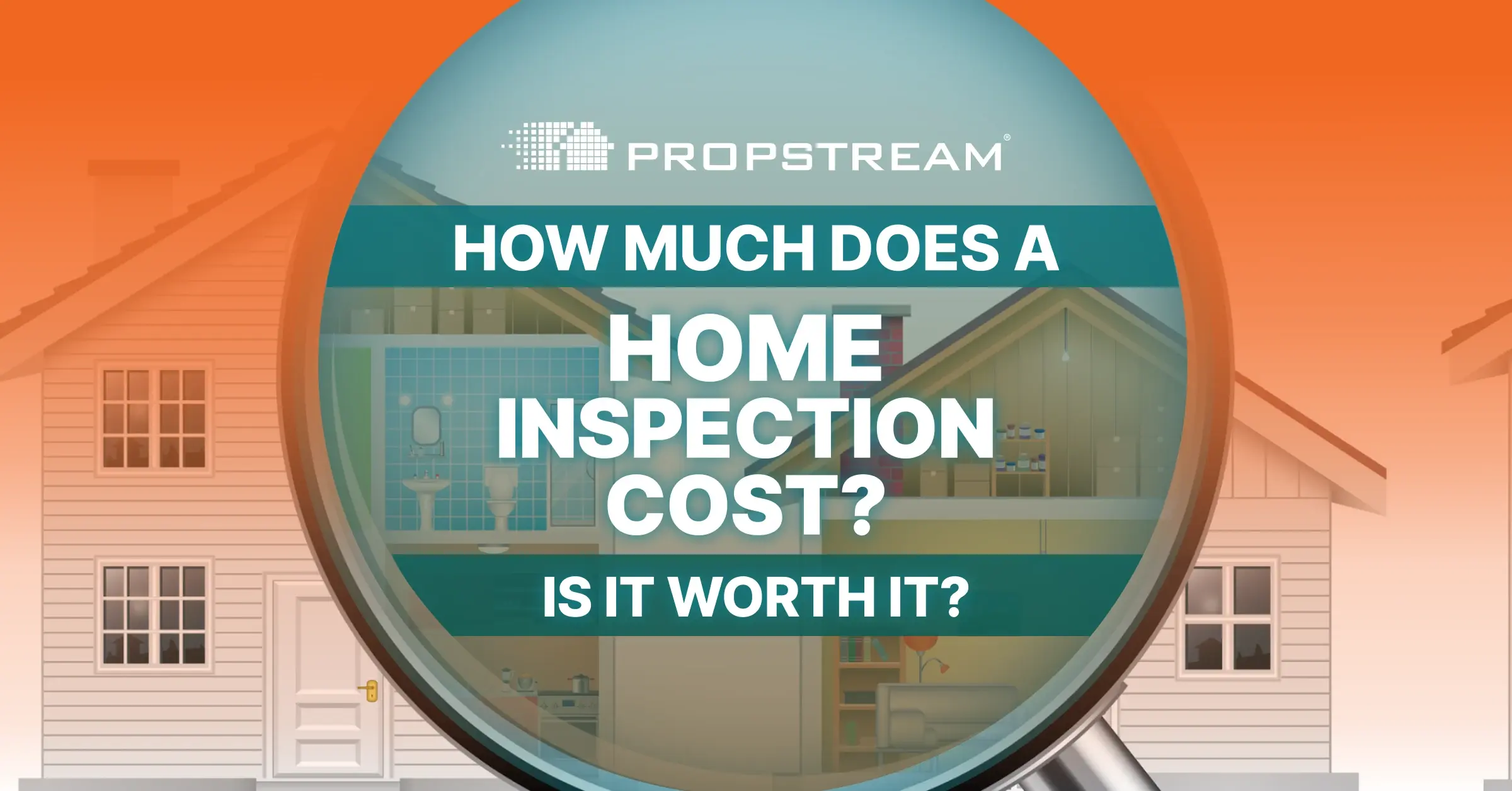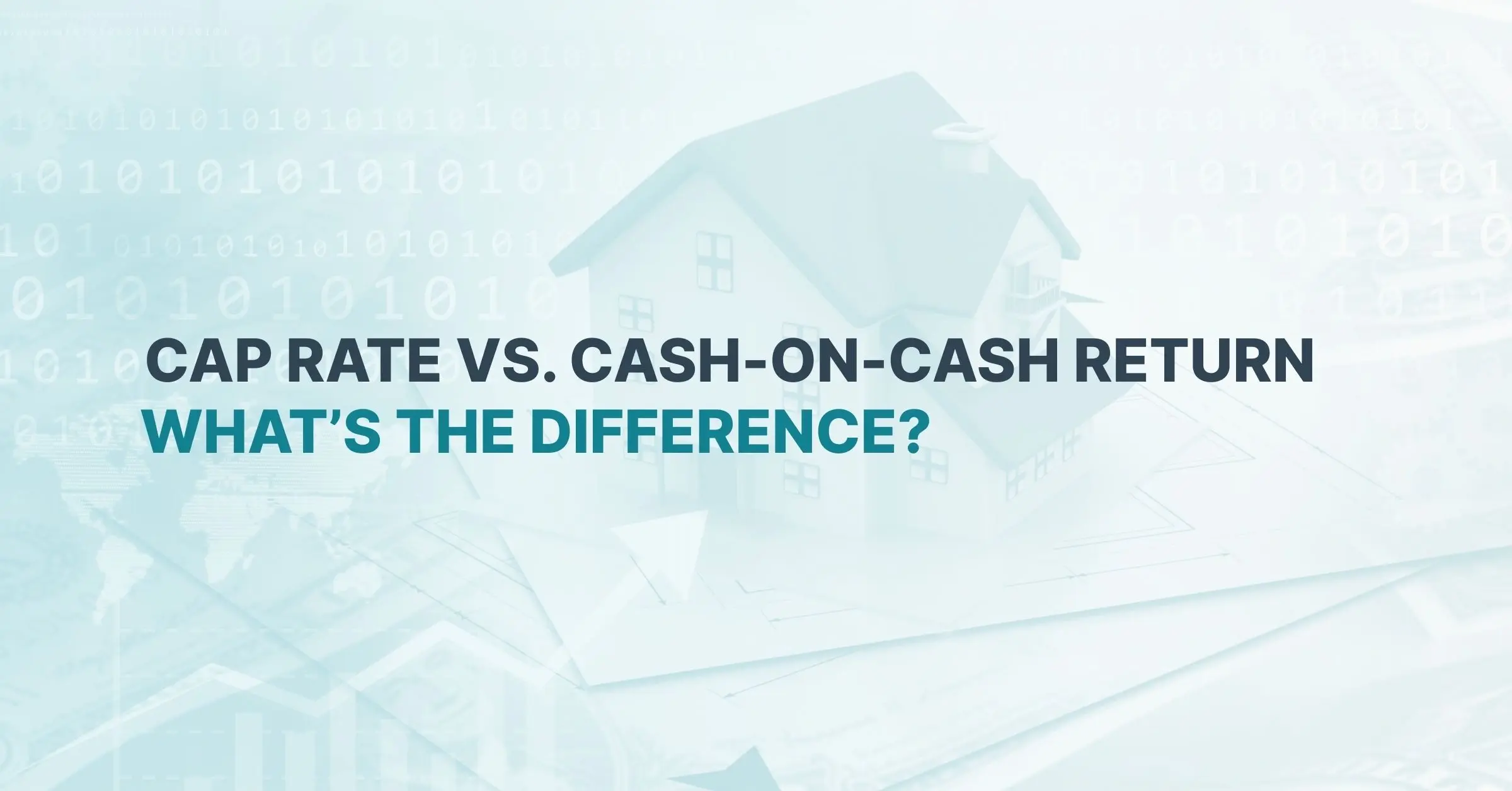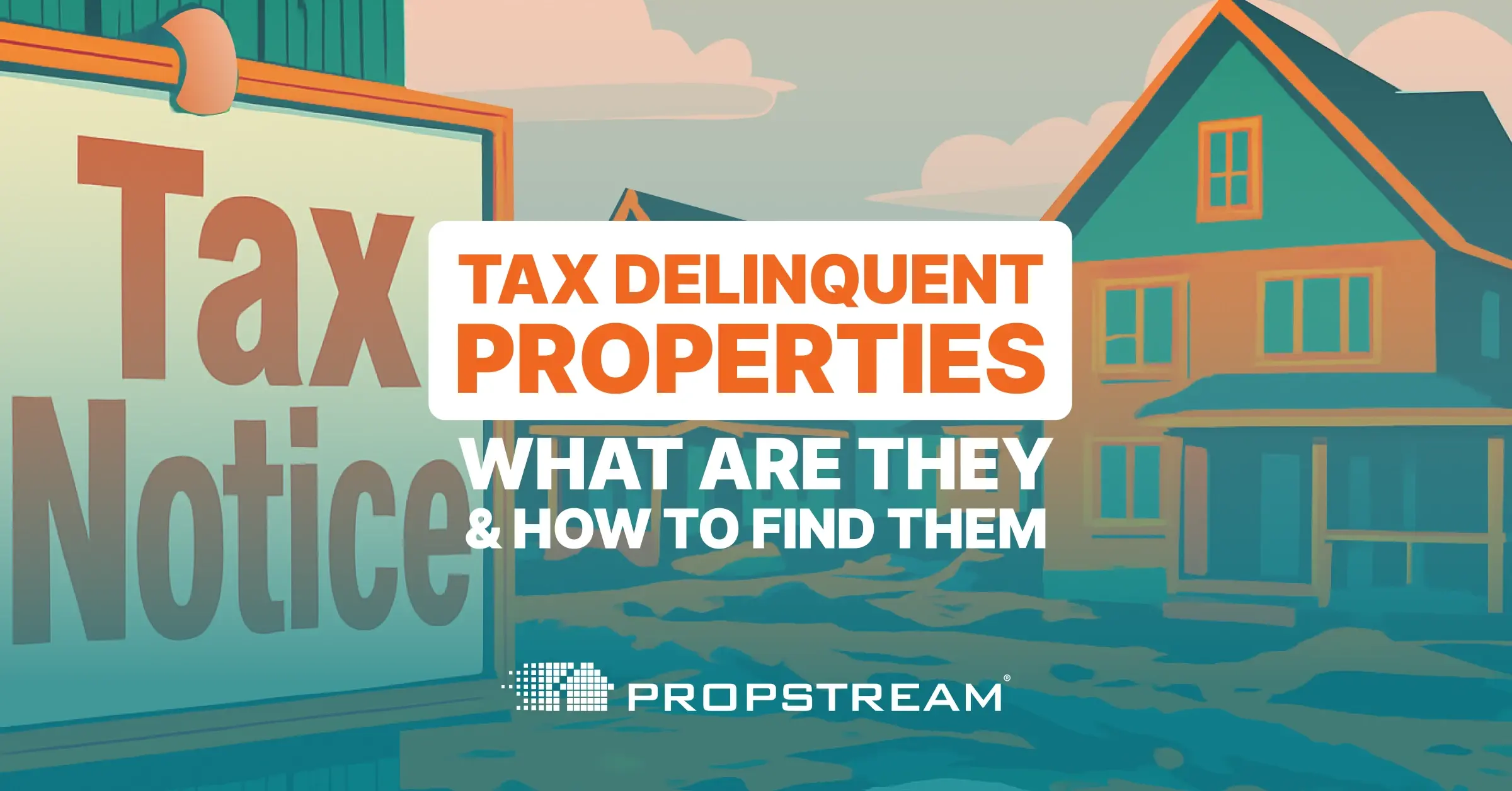Disclaimer: PropStream does not offer investing advice and/or profit promises. This article is for educational purposes only. We recommend doing your due diligence and/or consulting financial professionals before investing in real estate.
| Key Takeaways: |
|
Before investing in rental property, it’s best to estimate whether it will generate enough income to offset and surpass expenses. Otherwise, you could end up with a property that loses money month after month.
In this guide, you’ll learn how to determine whether a property is worth the cost and how to calculate key return metrics so you can compare different investment opportunities.
Table of Contents |
Positive vs. Negative Cash Flow
As an investor, you want more money to come out of a property than goes in. This is called positive cash flow. In contrast, when more money goes into a property than comes out, it’s called negative cash flow.
Cash flow can be calculated before and after property financing. Naturally, cash flow will be larger on an unlevered basis (before financing). However, you also want to ensure the cash flow remains positive on a levered basis (after financing). That way, the property can still generate a profit after accounting for mortgage payments.
In the next sections, we’ll walk through exactly how to calculate cash flow before and after financing so you can better gauge potential rental investments.
Calculating Expected Rental Income
First, determine the expected monthly rental income by running a comparable (aka comp) analysis. This involves researching what similar nearby properties are renting for.
For example, search an online rental marketplace for similarly-sized rentals near the subject property. Then, record and average the asking rents to get an idea of what the investment property could list for.
Vacancy and Credit Loss
From there, apply a vacancy and credit loss rate (typically expressed as a percentage) to account for potential vacancies and non-paying tenants.
For example, say you determine market rent is $2,000 per month. Then, to account for potential vacancies and non-payments, you apply a 10% vacancy and credit loss rate, lowering your expected rental income to $1,800 per month ($2,000 - [$2,000 x 0.1]).
Calculating Property Expenses
.png?width=1252&height=834&name=propexp%20(1).png)
Now that you’ve estimated the property’s rental income, it’s time to calculate its operating expenses, which can be fixed or variable.
Fixed Operating Expenses
Fixed operating expenses are those that tend to remain consistent regardless of the property’s performance. Among other things, they can include:
- Property taxes
- Insurance
- Property management fees
- HOA fees
Variable Operating Expenses
Variable operating expenses are those that tend to fluctuate based on the property’s performance. Among other things, they can include:
- Maintenance and repairs
- Marketing
- Utilities
- Legal and professional fees
Capital Expenditures (CapEx)
Though not considered an operating expense, capital expenditures (aka CapEx) can also cut into your profit margins. These include major repairs or upgrades that extend the property’s useful life or add value to it, such as a roof replacement or pool addition.
Most investors set aside a certain percentage of a property’s rental income monthly to cover CapEx (e.g. 10%).
Pro tip: Try our Rehab Calculator to estimate major repair costs.
Calculating Cash Flow Before Financing
To calculate cash flow before financing, subtract total operating expenses and CapEx from the property’s expected rental income.
For example, say you expect operating expenses to total $500 per month, and you plan to set aside $180 per month for CapEx (10% of the $1,800 expected monthly rent). Then your cash flow before financing would be $1,120 ($1,800 - $500 - $180).
If the unlevered cash flow is low or negative, you may want to reconsider buying the property.
Calculating Financing Costs
Unless you buy the property with cash, you must also account for financing costs, which can vary widely based on the property’s purchase price and mortgage terms.
With a mortgage calculator, however, you can quickly estimate financing costs. For example, say the property costs $200,000 and you can secure a 30-year mortgage at a fixed 5% interest rate with a 20% down payment. Then, your monthly mortgage payment would be about $859.
Pro tip: Purchase prices and loan terms are negotiable, and by adjusting different variables, you might lower your financing costs. In addition, while most lenders require a down payment of at least 20% on an investment property, you may be able to qualify for a residential mortgage with a lower down payment requirement by house hacking.
Calculating Cash Flow After Financing
Calculating cash flow after financing involves subtracting the property’s monthly debt service from its unlevered cash flow (aka cash flow from operations).
In our example: $1,120 unlevered cash flow - $859 debt service = $261 cash flow after financing
In other words, after paying monthly property expenses and debt service, you’d still make a profit of $261 per month.
If the levered cash flow is low or negative, however, you may want to pass on the deal or negotiate a lower purchase price or better financing terms.
Key Return Metrics to Consider
Of course, positive cash flow alone doesn’t tell you much about the property’s return on investment (ROI). To calculate ROI, you have two main options:
Cap Rate
Capitalization or cap rate measures a property’s return based on its net operating income (NOI) and purchase price. It’s best used for deals that don’t involve financing.
Here’s the formula:
|
Cap Rate = Net Operating Income / Purchase Price Where: Net operating income is the annual rental income minus total operating expenses. |
In our example, the property has a monthly NOI of $1,300 ($1,800 expected rent - $500 operating expenses) or an annual NOI of $15,600 ($1,300 x 12), resulting in a cap rate of 7.8% ($15,600 annual NOI / $2,000 purchase price).
Cash-on-Cash Return
Cash-on-cash return measures your annual return on cash invested into a property (regardless of purchase price). It’s best used for deals that involve financing.
Here’s the formula:
|
Cash-on-Cash Return = Annual Pre-Tax Cash Flow / Total Cash Invested Where:
|
In our example, the down payment is $40,000 ($200,000 purchase price x 0.2). Assuming you also pay 1% in closing costs ($2,000) and $10,308 in mortgage payments after the first year ($869 x 12), your total cash invested in year one would be $52,308. Meanwhile, your annual cash flow after financing is $3,132 ($261 x 12).
This means your cash-on-cash return in year one would be 6.0% ($3,132 annual levered cash flow / $52,308 total cash invested).
Get More House for Your Money With PropStream
Ultimately, how much house you can afford to invest in depends on a series of calculations with many variables.
To rule out potential investments, work backward from a minimum purchase price at which the property could generate enough positive cash flow to be worthwhile. From there, you can compare potential investments by their cap rate or cash-on-cash return.
Unsure where to start? Use PropStream to find off-market opportunities. Our database of over 160 million properties nationwide and 165+ search filters can help you find discounted deals so you can get more house for your money.
Try PropStream for 7 Days FREE!
Sign up for a free 7-day trial today and get 50 leads on us!
Frequently Asked Questions (FAQs)
What is positive cash flow?
Positive cash flow occurs when a property’s rental income exceeds its expenses, ensuring the investment generates profit instead of losses (aka negative cash flow).
How can I estimate a property’s potential rental income?
You can estimate rental income by conducting a comparable (comp) analysis of similar nearby properties and adjusting for factors like vacancy and credit loss.
What are common property expenses to consider when evaluating investments?
Common property expenses include fixed operating costs (property taxes, insurance, property management fees, etc), variable operating costs (maintenance, repairs, utilities, etc.), and capital expenditures (major repairs and upgrades).
What is the difference between cap rate and cash-on-cash return?
Cap rate measures a property’s return based on its purchase price and net operating income (NOI), while cash-on-cash return measures the annual return on cash invested, regardless of purchase price.
How much should I set aside for capital expenditures (CapEx)?
Appropriate CapEx reserve rates can vary by market. However, many investors allocate around 10% of a property’s rental income for major repairs and upgrades.
Subscribe to PropStream's Newsletter



